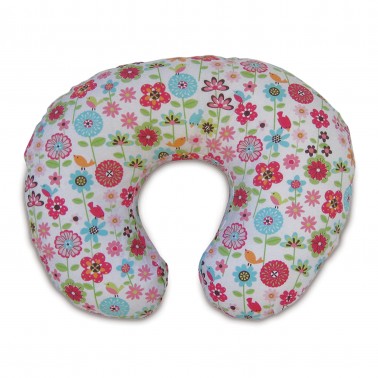There’s some other practical things you can do with that pregnancy energy that can make your babymoon easier. One of those things is getting a nursing station (or two or three) set up and stocked before your baby arrives.
If you are planning to breastfeed, good for you! You are giving your baby the best nutritional start possible. For you first time moms out there, I’m going to let you in on something. For the first four to six weeks of your baby’s life you will probably feel like you spend all your time feeding your baby. Having a comfortable breastfeeding station can be a lifesaver.
You should create at least two nursing stations, one for sleeping, and one for daytime feedings. If you have a large house, you may want multiple daytime nursing stations.
Three things to know about nursing:
- You’ll be trapped.
- You’ll be thirsty and hungry.
- You’ll be bored.
Make your nursing station:
- Choose a spot that is comfortable, where you will have built in arm support or be able to tuck in pillows easily. You may want to choose a location where you can see the TV or access the internet through your phone, tablet, or laptop. Be aware that this spot will probably end up stained with milk, spit-up, poop or some combination of these. An old blanket will protect your furniture and can be popped in the wash for easy cleaning.
- Stash your spot with these items:
- Breastfeeding pillow. These are great for nursing a tiny baby especially. You may not need one when your baby gets older.
- Other pillows. You may need extra pillows for your back or under your arms. Having a regular pillow and a couple of throw pillows will give you options until you figure out what works perfectly for you.
- Burp cloths. Lots of them. These are useful when your baby spits up, but also to tuck into your nursing bra to sop up the milk that drips out of your baby’s mouth and out of the other breast. You may also want to keep some extra breast pads near by.
- If you also want to be able to change your baby’s diaper at your nursing station, include diapers, wipes, and a surface to lay your baby on, like a foldable changing pad or towel.
- A case of water bottles. Breastfeeding makes you thirsty, and you will find you don’t realize you’re thirsty until your baby is latched on and you’re stuck. Even if you don’t like room temperature water, have an emergency supply.
- Non-perishable, healthy snacks. Packs of nuts, trail mix, crackers, or granola bars are good choices. There will be times that if you don’t eat something while nursing, you won’t be able to eat at all, and remember, you’re still eating for two!
- Entertainment. Reading material, television remote, iphone. Just make it something you can do one-handed.
A night time breastfeeding station should have all the same items as a daytime station, but be designed for maximum rest. It is optimally a place you can either lay down to nurse (propped up on your side with pillows behind your back) or recline with pillows under both arms so you can doze while your baby is feeding. Make sure your baby has a place to sleep close by, either in the bed with you or something right next to the bed. Then add these night time necessities:
- A lamp with a red bulb. For the first few weeks at least, you’ll probably need to see what you’re doing during feedings. Red light is less jarring in the middle of the night, and won’t disrupt melatonin production for you or your baby.
- Pillows--even more of them! For your back, under your arms, behind your head, tucked under your knees. You want your body and your baby fully supported so that you can fall asleep without worrying about your baby falling out of your arms.
- Diapers, wipes, extra baby blankets, clean outfits. You don’t want to be wandering the house looking for these items in the middle of the night if your baby spits up or has a leaky diaper.


 RSS Feed
RSS Feed
